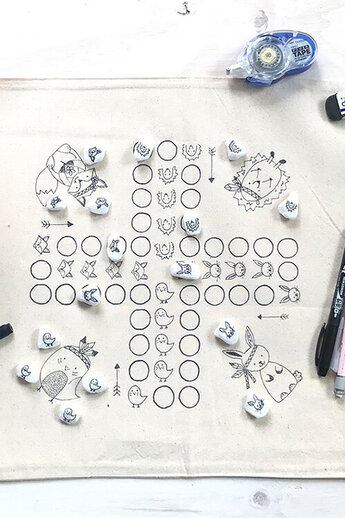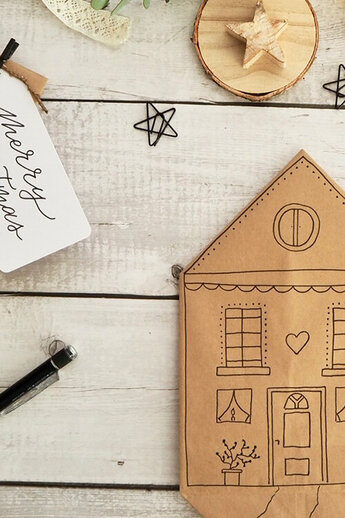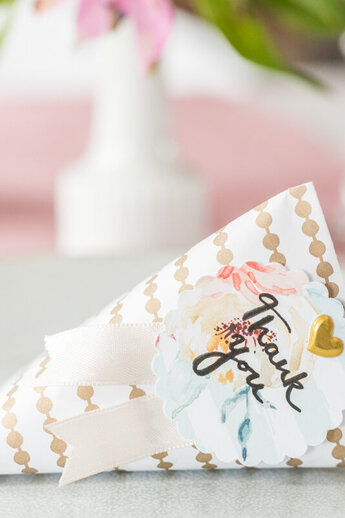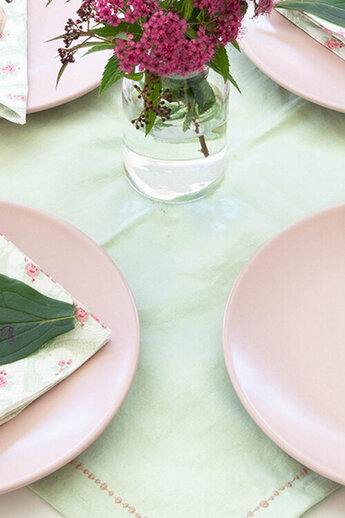Using different degrees of pencil hardness
For centuries, people have been working with the graphite and clay mixture of pencils in order to create art. Depending on the ratio of the mixture, pencils can be created with different degrees of hardness. More clay gives the pencil lead greater strength, and more graphite leads to a darker abrasion. If you want to learn more about pencils, take a look here. But when do you choose one degree of hardness instead of another? If you want to learn how to use them via a specific example, then you’ve come to the right place.
Florian Erb, also known as lazy.arts, explains how you can use different degrees of hardness to draw a portrait.

Vous avez besoin du matériel suivant pour dessiner un portrait au crayon à papier :
- Un set de dessin pour débutants et experts : 6 crayons à papier MONO 100 (2H, HB, B, 2B, 4B, 6B) et une gomme MONO zero à pointe ronde
- Une gomme MONO dust CATCH
- Un bloc de dessin Bristol
- Un compas
Étape 1 : faire l'esquisse des proportions
Pour esquisser les proportions, utilisez un crayon à papier dur. Pour ce faire, j’utilise le crayon à papier MONO de dureté 2H. À l’aide de cercles et de traits, définissez les proportions de la tête. Utilisez le compas pour tracer les 2 cercles qui vont vous guider.
Conseil : la position des yeux se trouve au milieu de la tête.

Étape 2 : dessiner les yeux, le nez et la bouche
Dessinez avec un peu de pression sur le papier et essayez de garder les formes aussi simples que possible. Placez les différentes parties du visage à l’aide de triangles, de cercles et d’ellipses. À ce stade, nous ne nous préoccupons pas encore des détails. L’idéal est ici d’utiliser le crayon à papier avec degré de dureté HB. Pour finir, gommez les cercles réalisés au campas, vous n’en avez plus besoin.
Étape 3 : ajouter les détails
À cette étape, vous donnez une personnalité à votre dessin. Les détails vont maintenant avoir leur importance. Les sourcils sont-ils épais ou plutôt finement épilés ? Les lèvres sont-elles pulpeuses ou plutôt fines ? Ce sont exactement ces détails qui donnent le caractère à votre dessin. Ici, les crayon à papier HB et aussi B sont particulièrement adaptés. La haute teneur en graphite permet de créer des effets d’ombre.
Étape 4 : créer des effets d’ombre
Votre dessin étant désormais expressif et ayant de la personnalité, vous pouvez ajouter encore plus d’effets d’ombre à l’aide d’un crayon à papier doux. Ceci permet de donner encore plus de contraste et de vie à votre dessin. Les crayons à papier de duretés 4B et 6B sont ici particulièrement recommandés. C’est d’ailleurs l’étape du dessin que je préfère !
Étape 5 : gommer pour éclaircir
Si en travaillant, vous avez appliqué des ombres sur les parties les plus claires de votre dessin, vous pouvez tout simplement les gommer jusqu’à ce que le papier blanc soit à nouveau entièrement visible. Par exemple sur la pointe du nez ou sur les lèvres. Cela donne un effet particulier. Prenez un compas et arrondissez votre chef d’œuvre avec un cercle en guise de guide. Veillez à ce que le visage ressorte un peu du cercle. Cela rendra votre dessin parfait.
Conseil : dans un portrait, les yeux constituent la partie la plus expressive. Veillez donc à ce qu’ils représentent la partie la plus foncée de votre dessin.

Fini!
Faites-nous savoir si cet article vous a été utile. N’hésitez pas à nous envoyer un message si vous avez des suggestions d’amélioration ou d’autres retours. Nous lisons tout, c'est promis.
PS : Nous sommes également curieux de voir vos résultats. Montrez-nous votre création sur Instagram ou Facebook et partagez-la avec la communauté.














